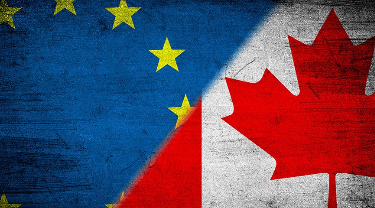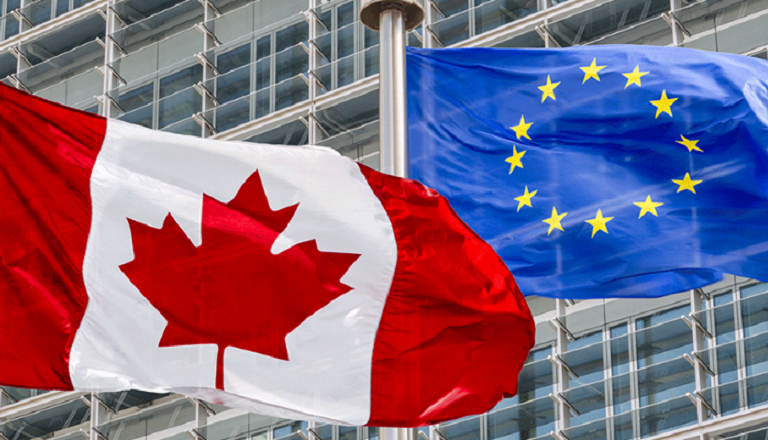Ailish talked about having a list of key people/connections in other countries. Who should I be in contact with to have a list of medical distributors in the United States?
For a list of medical distributors in the U.S., please contact one of our trade commissioners at a Canadian diplomatic office overseas. To find the right one, go to: www.tradecommissioner.gc.ca. Under the heading “Our offices,” click on the link for trade commissioners, and enter United States and the sector you want information on. You will be provided with the contact information for one or more of our officers in the U.S., which will assist you with your inquiry.
If I may, can I suggest that you also look at the EU for this market? With CETA coming into effect on Sept. 21, I thought you might find the following useful: The EU is the world’s second-largest importer of medical devices, with imports totaling $60 billion (or 23 per cent of the global import market for medical devices). The EU is Canada’s second-largest export market for medical devices, with opportunities for further growth. Canadian exports of medical devices to the EU reached $610 million in 2016.
With CETA, for Canadian medical device exporters will see all EU tariffs on these products removed and Canadian service providers in the medical devices sector will be on equal footing with their EU competitors and will receive better treatment than most of their non-EU competitors. Canadian medical device companies will also benefit from improved labour-mobility provisions and expanded access to EU government procurement opportunities.
Can Dr. Campbell please comment on how CETA will create better market access in Europe for Canadian aerospace companies?
The EU is the world’s largest importer of aerospace products, with $109 billion in 2016, which represents 32 per cent of the world’s aerospace imports. Real opportunities are being realized: Canadian aerospace supply-chain exports to Europe have increased by more than 70 per cent since 2003. The EU aerospace industry is the second-largest in the world, generating a turnover of close to 140 billion Euros in 2013.
For Canadian aerospace product exporters, CETA will eliminate tariffs as of Sept. 21 and these same exporters will be able to benefit from provisions in CETA related to temporary entry, government procurement, regulatory co-operation and conformity assessment.
Does the Trade Commissioner Service (TCS) offer services for food manufacturers considering going into the EU? I had been told that they do not offer services for food products. If you don’t, when will you and who do you suggest we contact?
The TCS does have trade commissioners who deal with agriculture and processed food products. To find the right one to help you, go to: www.tradecommissioner.gc.ca. Under the heading “Our offices,” click on the link for trade commissioners, and enter the country you are targeting and the sector you want information on. You will be provided with the contact information for one or more of our officers in the EU who will assist you with your inquiry.
Also to note, Agriculture and Agri-Food Canada provides information and services for Canadian exporters interested in food trade with the EU. Visit the Doing Business in Europe portal for agri-food specific reports, fact sheets, videos and more to help you take advantage of CETA and other EU opportunities.





